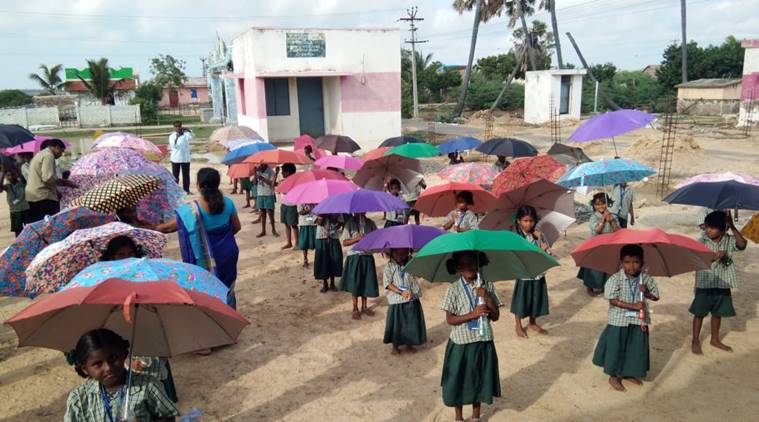 States and UTs have been ranked in the index based on their overall performance in the reference year of 2016-17.
States and UTs have been ranked in the index based on their overall performance in the reference year of 2016-17.
The NITI Aayog on Monday released its first School Education Quality Index (SEQI) report, in which Kerala emerged as the best performing state, while Uttar Pradesh was the worst among the larger 20 states in the country.
Aimed at assessing the quality of school education in states and Union Territories, the SEQI is based on 30 indicators grouped into two broad categories – ‘outcome’ and ‘governance processes aiding outcomes’. States and UTs have been ranked in the index based on their overall performance in the reference year of 2016-17.

The list does not include West Bengal as the state did not participate in the exercise.
Story continues below this ad
Titled ‘The success of Our Schools: School Education Quality Index 2019’, the report was released by NITI Aayog vice-chairman Dr Rajiv Kumar and CEO Amitabh Kant.
According to the report, among larger states, Kerala topped the list with a score of 0.766 in overall performance, with Rajasthan second with a score of 0.729.
Uttar Pradesh was the worst performer with a score of just 0.364. and ranked at the last place on the list. The other big states with dismal performance are Jammu and Kashmir (0.411), Punjab (0.411), Bihar (0.420) and Jharkhand (0.439), ranked at 19th, 18th, 17th and 16th place respectively.
The report has ranked eight smaller states and the seven Union Territories separately. As far as the smaller states are concerned, Manipur topped the list with a score of 0.688, followed by Tripura (0.645) and Goa (0.584), with Arunachal Pradesh (0.246) the worst performing state.
Story continues below this ad
Among Union Territories, Chandigarh topped the list with a score of 0.829, followed by Dadra and Nagar Haveli (0.586) and Delhi (0.490). Lakshadweep was the worst performing UT with a score of 0.319.
Initially, the NITI Aayog had planned to prepare this index along 33 parameters, but due to a lack of reliable data, it had to drop at least three indicators. Highlighting the credibility of the education data in the country, NITI officials said some indicators have been dropped due to inconsistencies in data submitted by States/UTs.
A similar index was released by the Ministry of Human Resource Development (MHRD) in April. However, officials at NITI Aayog said that the SEQI is a subset of a Performance Grading Index (PGI) released by the MHRD, and the only difference between the two indices is that SEQI accords a higher emphasis to learning outcome, whereas the PGI accords a higher weightage to input and infrastructure. PGI measures the quality of the school education on the basis of the 70 parameters, and is a tool to provide insights on the status of school education in states and UTs.

 States and UTs have been ranked in the index based on their overall performance in the reference year of 2016-17.
States and UTs have been ranked in the index based on their overall performance in the reference year of 2016-17.






























